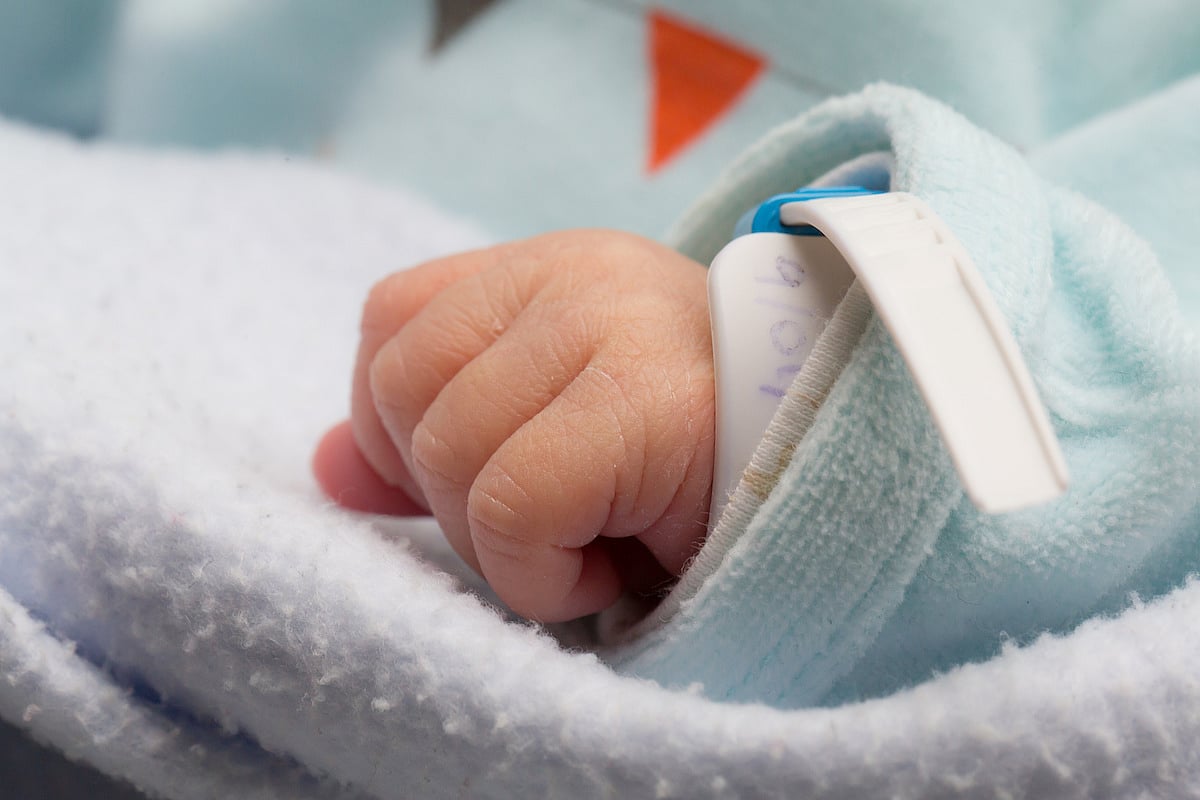Get Healthy!

- Posted September 25, 2025
Skin-To-Skin 'Kangaroo' Care Boosts Preemies' Brain Development
Skin-to-skin contact might help kick-start brain development in preterm babies, a new study says.
Preemies born before 32 weeks showed stronger development in brain regions tied to emotion and stress regulation if they received more skin-to-skin contact, researchers reported Sept. 24 in the journal Neurology.
“Skin-to-skin contact in preterm infants has been shown to have many benefits, with previous studies linking it to improved bonding, sleep, heart and lung function and growth, as well as reduced pain and stress,” said lead researcher Katherine Travis, director of the Laboratory for Language Development and Recovery at Burke Neurological Institute in White Plains, N.Y.
“Our findings in infants born very preterm suggest skin-to-skin care may also play a role in shaping early brain development, highlighting the potential importance of caregiving experiences during the earliest weeks of a preemie’s life,” she said in a news release.
For the study, researchers studied the development of 88 preterm babies with an average gestational age of 29 weeks. The preemies weighed an average of just under 2.7 pounds and had an average hospital stay of two months.
The research team tracked skin-to-skin contact with family members throughout each preemie’s hospitalization, including how long each session lasted and total minutes per day.
This sort of care is referred to as “kangaroo care,” named for the way marsupials like kangaroos carry their young in protective pouches. In humans, kangaroo care involves a diapered infant held to a caregiver’s bare chest, researchers said in background notes.
Families visited once a day on average, researchers said. When they provided skin-to-skin care, the sessions lasted 70 minutes on average with moms providing 73% of the care.
The overall average amount of skin-to-skin care per day was 24 minutes for the babies’ entire hospital stay, researchers said.
Each of the preemies received a brain scan before going home from the hospital, around the normal full-term age of about 40 weeks. The scan focused on the brain’s white matter, which serves as its communication network between specific regions.
The scans showed that longer skin-to-skin sessions were linked to higher activity in two key brain regions — the cingulum, which supports attention and emotion regulation, and the anterior thalamic radiations, which connect areas involved in emotional processing and memory.
This link remained significant even after researchers accounted for other factors that can influence brain development, such as gestational age at birth, age at time of brain scan, socioeconomic status and how frequently family visited.
“Skin-to-skin care not only provides preterm infants with family connections through bonding, it may also be encouraging new connections within the brain itself, improving a baby’s brain health overall,” Travis said.
Unfortunately, many neonatal intensive care units aren’t designed to support skin-to-skin contact, said the writers of an editorial that accompanied the study in Neurology.
“In many NICUs, physical space, staffing models, competing care demands, limited resources for families to be present for extended periods, and challenges with modifying established care routines still create barriers,” said the editorial co-written by Emma Duerden, an associate professor of child psychology at Western University in Ontario, Canada.
Researchers noted that due to the study’s size and observational nature, it could not draw a direct cause-and-effect link between skin contact and brain development, but only show an association.
They said future research should further explore how early caregiving experiences can shape brain development and support a child’s healthy growth.
More information
Johns Hopkins Medicine has more on skin-to-skin “kangaroo” care.
SOURCES: American Academy of Neurology, news release, Sept. 24, 2025; Neurology, Sept. 24, 2025





